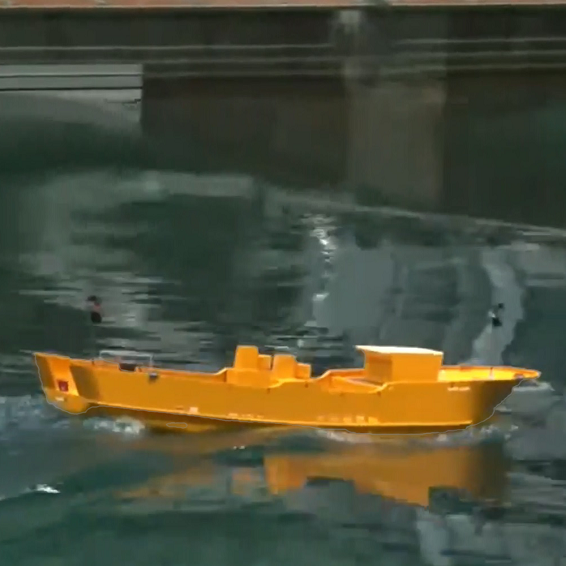Fisheries Engineering Division
To contribute to the sustainable development of a safe and reliable fisheries industry, the Fisheries Engineering Division researches engineering technologies to improve the safety and energy efficiency of fishing vessels and the fisheries industry, restore and develop fishing grounds, develop fishing ports, and advance the socioeconomic roles and functions of fishing communities.
The division also studies the design of next-generation of fishing vessels; improvement of fishing technologies on fishing vessels, power devices, equipment, and other devices; and evaluation methods related to the safety of artificial fishing ground structures and fishing ports. These activities are done while actively adopting new technologies such as robotics, renewable energy, and environmental DNA technologies.
In addition, to create technologies for the sustainable use of fisheries resources, the division researches fish species identification using new acoustic technology and fisheries stock assessment methods using sonar in collaboration with the Fisheries Resources Institute.
The Fisheries Engineering Division comprises the Fisheries Technology Group and Fisheries Infrastructure Group.
Fisheries Technology Group
To realize sustainable, safe, and profitable fisheries, this group conducts research and development on next-generation fishing vessels and fishery production systems that utilize robotics, high-precision sensory technologies, and renewable energy technologies as well as monitoring and profiling technologies for fisheries resources (mainly using acoustic devices).
In addition, the group conducts fisheries system engineering research that enables the study of the optimal combinations of related technologies and the evaluation of the impacts of implementation approaches.
Fisheries Infrastructure Group
To establish habitats suitable for the sustainable production of aquatic organisms, this group researches the formation and spatial scale of local ecosystems around artificial structures such as fish reefs.
They also promote technological development for the conservation and restoration of fishing grounds to improve habitat productivity by employing advanced and generalized models to support fishing ground development.
In addition, the group conducts experimental research and surveys to protect fishing ports against large-scale natural disasters including tsunamis. They also develop technologies for disaster prevention and reduction, extending the lifetime of fisheries infrastructure, and improving the design methods for fishing ports and fishing grounds.




